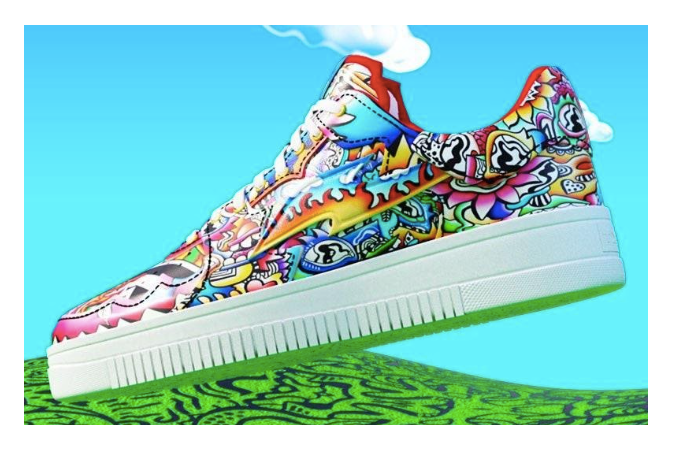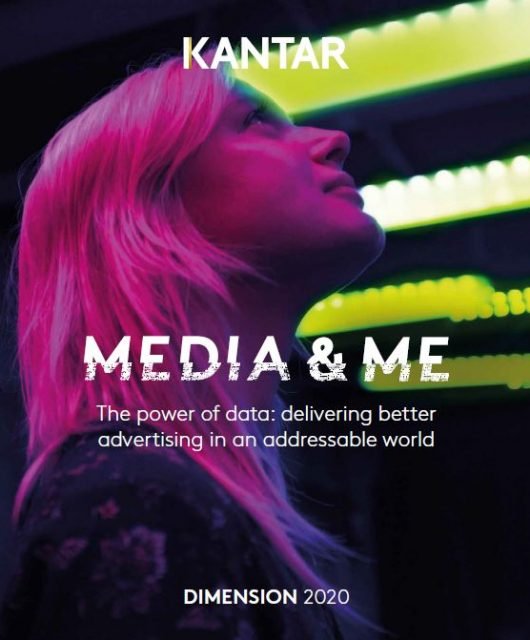World as we know it is changing and how? From blockchains to cryptocurrencies, nano technology to machine and AI learning, one thing is for sure the technological advancements in the last few years have seen growth leaps and bounds v/s the last decade. The most interesting of them all is the rise of NFTs.
A few years back we would have laughed off the idea of Digital art, I mean what does it even mean, Digital haa? Non-fungible tokens (NFTs) seem to have exploded out of ether this year. From art and music to tacos and toilet paper, these digital assets are selling like 17th-century exotic painting — just for some millions of dollars (that’s it).
Be it Christie’s $69 million sale of a digital work of art or Jack Dorsey’s $2.9 million tweet, over the past few months this three-letter word has been talk of the town. But are NFTs worth the money—or the hype? Some experts say they’re a bubble waiting to burst, like the dotcom craze. Others believe NFTs are here to stay, and that they will change investing and art forever.
Let’s look at how these NFTs can be use cases for brands, particularly in the realm of digital marketing

The early adopters of NFT adoption have consisted mostly of digital collectibles for example NBA Top Shot. Their platform allows fans to buy, sell and trade numbered versions of video highlights from NBA games (who would have thought this could happen?). This is the digital equivalent of a physical basketball trading card system. A strong example was of LeBron James highlight, which was sold for $200,000, and the platform has generated over $308 million in gross sales.
NFT technology has prompted big brands to stop and think into digital collectibles as well. Early adopters such as Fast food giants McDonald’s and Taco Bell, were first to create campaigns around NFTs, selling digital Big Mac and Taco Art to their customers (delicious, yum!).

However, the big question is – Will Millennials and GenZ embrace digital collectibles and virtual ownership? Trends suggests that the short answer is very likely to be YES: Take RTFKT for example, the first luxury brand operating in the NFT space, has had a runaway success, with its virtual trainers selling for the same prices as some of the most expensive fashion house sneakers.
In March 2020, it was the Italian brand Gucci that launched a virtual version of its Virtual25 pair of sneakers. Just over a year later, Nike jumped on the trend and auctioned off completely fictional sneakers. Recently, Dolce & Gabbana offered an NFT collection of nine clothes and jewelry, which would have brought him 6.6 million euros. Signs or early success or just a passing trend?

So, what are some takeaways with regards to NFTs in the context of digital marketing?
- NFTs can be viewed to directly connect to your fanbase: ownership is a powerful idea and establishes a closer relationship between your customer and your brand. For example, NFT allows musicians to sell their music directly to the fans instead of going through streaming platforms.
- NFTs can be anything digital: a JPEG, a GIF, a 3D animation, a VR, etc. Your brand is no longer restricted to offering physical products or services, but virtual products, sky is the limit when it comes to imagining what these NFTs could be for your brand.
- NFTs eliminate friction like shipping, product defect, storage costs, etc.They can therefore be a superior solution depending on how you want to position them. Ultimately, luxury brands are not driven by selling physical products so much as by selling the brands themselves—so why not sell them virtually?
- From ownership to collectibles to investments: For example, you’re a football team, you can sell your own collectibles and the value of that NFT increases or decreases with the brand value of NFTs, so for example if your team becomes a legend 10 years down the line, the value of your NFTs can also grow 100x times.
Food industry, Fashion – Luxury industry and even Cultural industry have been early adopters of this new trend, The NFT phenomenon allows brands to offer a unique digital experience to their customers, while providing them with an increasingly exclusive service. Is this going to be a hit or a miss, only time will tell but one thing is for certain, you can like it or hate but you can’t ignore it.





